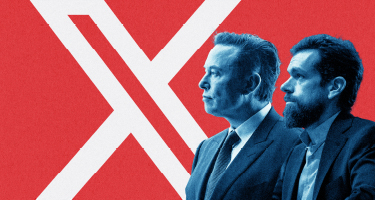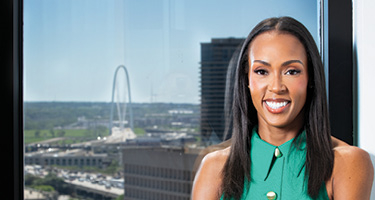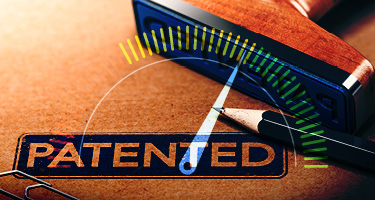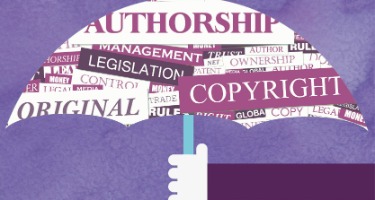n late 2019, the U.S. Court of Appeals for the Third Circuit held Amazon liable as the seller of a third-party’s dog collar that broke causing the retractable leash to recoil, hitting and blinding the purchaser in one eye. The court strained to find a remedy for the injured woman when the actual third-party seller of the leash had disappeared. In yet another instance of bad facts making bad law, the ruling has onerous implications for Amazon sellers.
The court, in Oberdorf v. Amazon.com, Inc., held Amazon strictly liable, meaning it did not matter that Amazon did not know the leash was defective and, thus, had done nothing wrong. In holding Amazon strictly liable, the court reasoned that Amazon was the only party in the marketing chain available to the injured purchaser, that imposing liability on Amazon served as an incentive for safety, that Amazon was in a better position than the consumer to prevent the circulation of defective products, and that Amazon could distribute the cost of compensating for the injuries by charging for it in its business.
The court also found a way around a federal law that prohibits operators of websites from being held liable for user-generated content—i.e., content it did not originate. Historically, courts have included product-liability claims in the type of claims barred by this statute. The Oberdorf Court parted from this precedent and instead held that treating Amazon as a seller was not the same as treating Amazon as responsible for the content in the listing.
There are two implications for Amazon sellers. The first is obvious on the face of the ruling. The court specifically recited its expectation that Amazon would pass the cost of such lawsuits on to its sellers. That means all sellers who sell safe, well-made products will bear the costs of defending sellers who sell—or are accused of selling—defective products. This shared liability is common in other industries. We see it most often in the insurance realm, where, for instance, those living in hurricane-free zones pay increased insurance premiums when another region experiences an active hurricane season. The Amazon seller community, however, is a smaller group among which to distribute those costs. This will likely significantly increase the cost of doing business on Amazon.
The second effect this ruling is likely to have is more subtle. Let’s compare the likely chain of events in a hypothetical scenario with and without Amazon liability. Betty purchases a heating pad with no auto shut-off feature. She falls asleep with the heating pad on high and burns her skin. She consults a lawyer who tells her she may be able to argue the industry standard for heating pads is to have an auto shut-off but that she can only assert a claim for damages against the actual seller of the heating pad. The actual seller is a small company with few resources. Betty and her attorney will likely conclude that, with questionable liability, insubstantial damages, and no “deep pocket,” the lawsuit is not worth pursuing. But, in that same scenario with Amazon as an additional target, Betty and her attorney are far more likely to file a lawsuit against both Amazon and the actual seller. This hypothetical demonstrates that sellers are far more likely to find themselves as defendants in a lawsuit when they can be named as co-defendants with Amazon. Thus, the ruling will likely drastically increase the risk associated with doing business on Amazon.
In Oberdorf, the court sought to rectify an injustice where the truly liable party had fled.Although a noble gesture, the court eroded the traditional protections given online marketplaces to help one consumer who suffered unfortunate harm. By doing so, it also set a precedent that will likely increase the cost and risk of doing business for all Amazon sellers.































